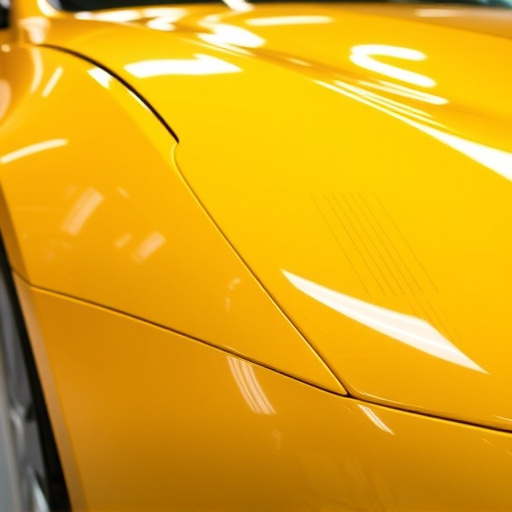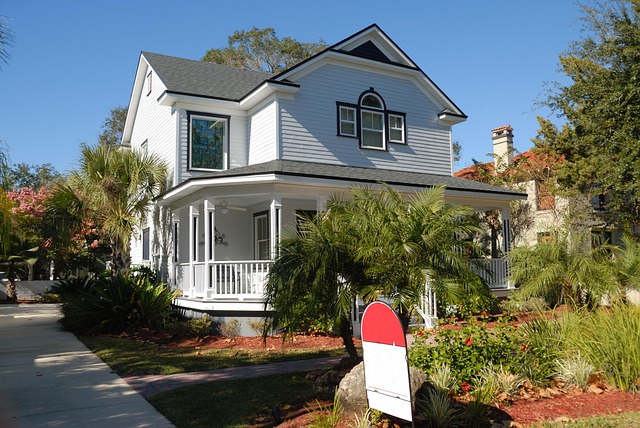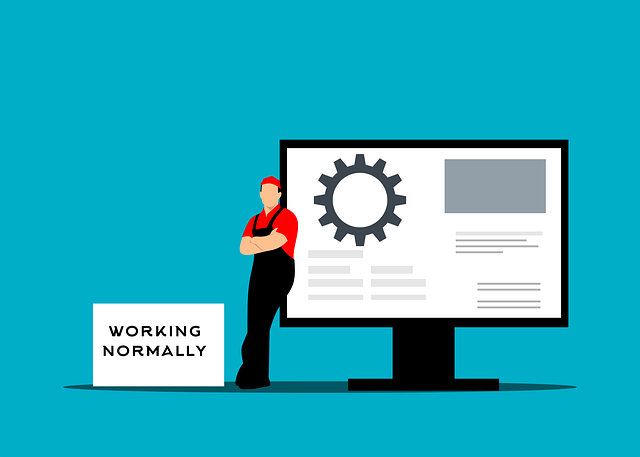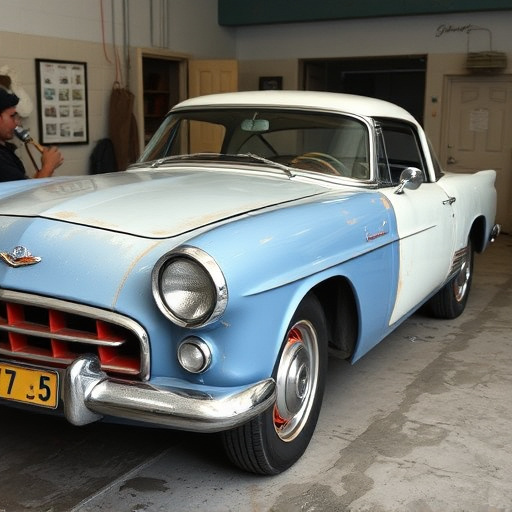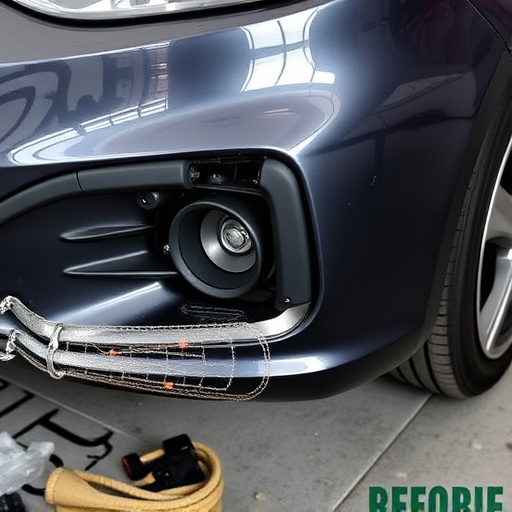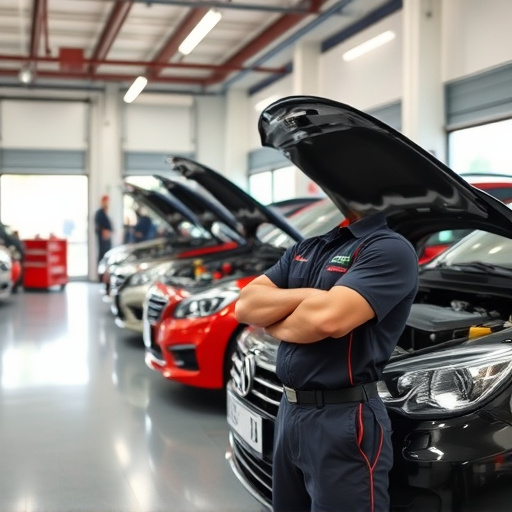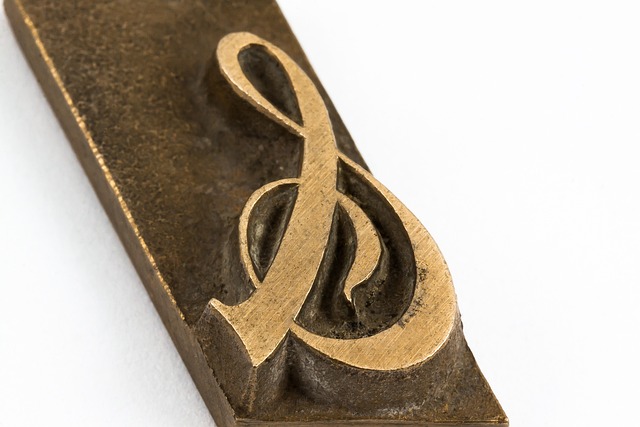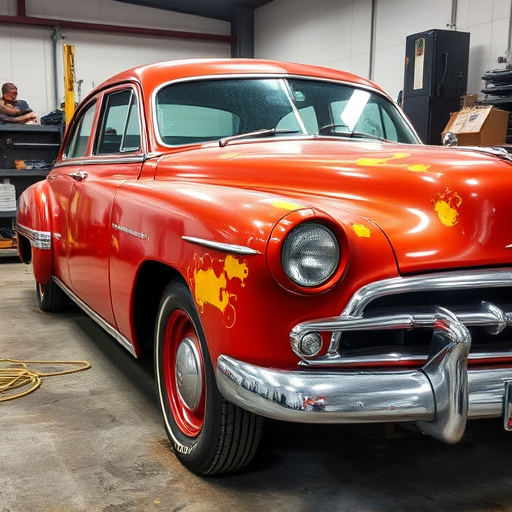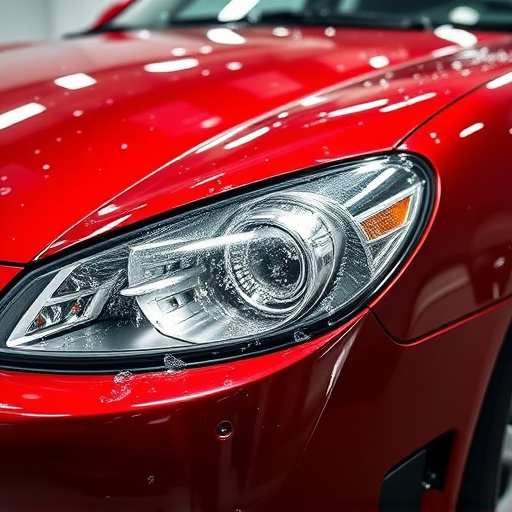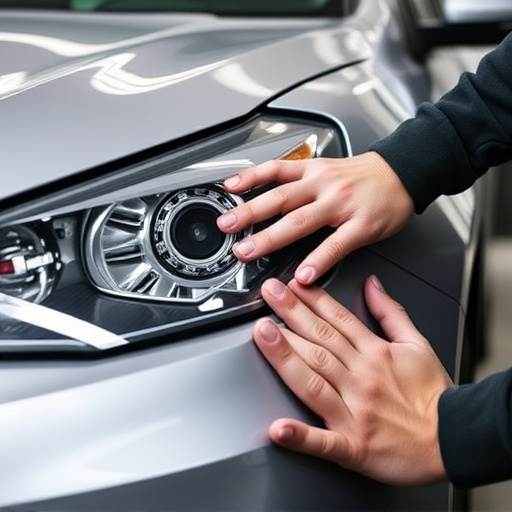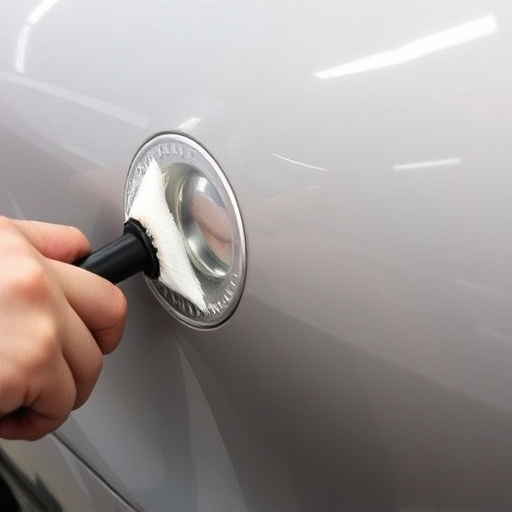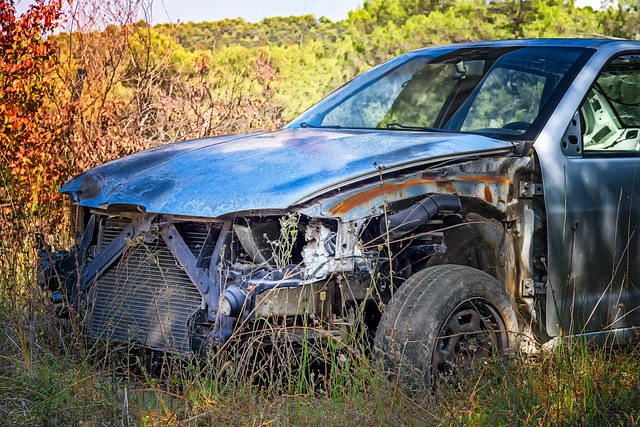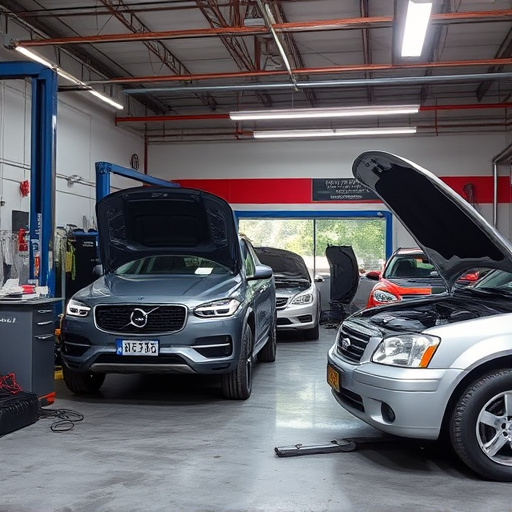Model X crash repair demands a meticulous blend of advanced technologies and specialized techniques by skilled technicians to ensure structural integrity, safety, and optimal performance, addressing complex modern car bodywork challenges for thorough inspections and enhanced peace of mind.
Model X crash repair is a specialized field, demanding precise techniques and adherence to safety standards. This article delves into the intricate processes and their implications for vehicle inspections. We explore how advanced repair methods impact safety protocols, ensuring vehicles meet stringent criteria post-accident. Understanding these techniques is crucial for maintaining optimal vehicle safety, especially with Model X’s unique design considerations. By examining enhanced assessments, we uncover the game-changing effects on overall vehicle inspection methodologies.
- Understanding Model X Crash Repair Techniques
- Impact on Safety Inspection Protocols
- Enhanced Vehicle Safety Assessments Post-Repair
Understanding Model X Crash Repair Techniques

The process of Model X crash repair involves a deep understanding of advanced safety technologies and specialized techniques to ensure the vehicle’s structural integrity. Engineers and technicians employ sophisticated methods, such as precision welding and computer-aided design (CAD), to accurately recreate the original vehicle design after a collision. These techniques are crucial in maintaining the overall safety and performance of the Model X.
One key aspect is dent removal and vehicle bodywork restoration. Skilled technicians use state-of-the-art equipment to carefully extract dents, ensuring minimal distortion to critical components. This meticulous process, combined with expert knowledge of vehicle dent repair, guarantees that the Model X not only looks like new but also retains its structural strength, providing peace of mind for owners during safety inspections.
Impact on Safety Inspection Protocols
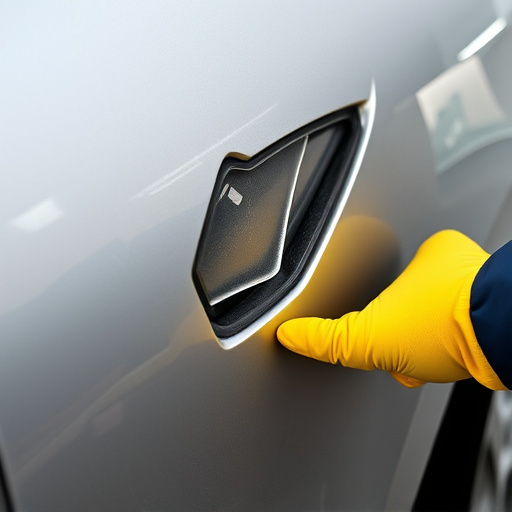
After a Model X crash, the subsequent repair process significantly influences the vehicle’s safety inspection protocols. The intricate nature of modern car bodywork, which involves complex systems and materials, demands meticulous attention during the repair phase. Skilled technicians must assess each component for damage, ensuring that every part affected by the collision is accurately identified and repaired using specialized car paint repair techniques. This rigorous process is crucial in maintaining the structural integrity of the vehicle, a key factor in safety inspections.
The impact extends beyond individual components; it involves re-certifying the entire vehicle to ensure it meets safety standards, especially in light of the advanced systems present in modern cars. Reputable car bodywork services understand this and tailor their crash repair processes to accommodate these challenges. By adhering to stringent protocols, they guarantee that a Model X, or any vehicle for that matter, undergoes thorough inspections post-repair, minimizing potential risks during future safety assessments. This meticulous approach is vital, especially after a fender bender, ensuring the vehicle’s overall safety and reliability on the road.
Enhanced Vehicle Safety Assessments Post-Repair

After a Model X crash repair, vehicle safety inspections become far more stringent and comprehensive. The process involves meticulous assessments to ensure that every component, from the frame to the safety features, is restored to its optimal condition. Skilled technicians employ advanced techniques like frame straightening to realign any damaged structures, guaranteeing structural integrity.
This enhanced automotive body work goes beyond aesthetic restoration; it focuses on critical safety elements. Rigorous testing ensures that all systems, including airbags, brakes, and collision detection mechanisms, function flawlessly. The end result is a vehicle that not only looks like new but also performs at peak safety levels, providing peace of mind for drivers and passengers alike.
Model X crash repairs, with their advanced techniques and focus on safety, have significantly influenced vehicle inspection protocols. These repairs not only enhance structural integrity but also elevate overall vehicle safety assessments. As the automotive industry continues to evolve, understanding these innovative crash repair methods is crucial for ensuring the highest levels of safety during inspections and beyond.
